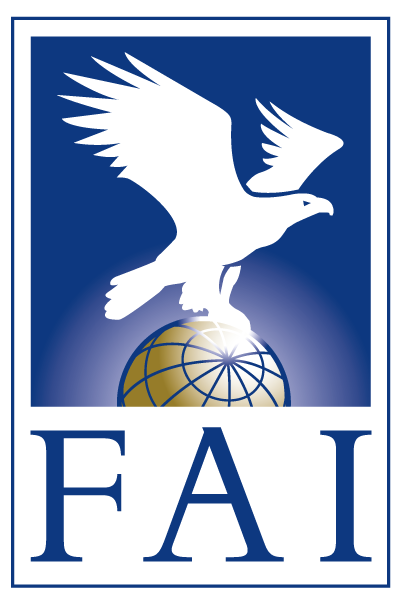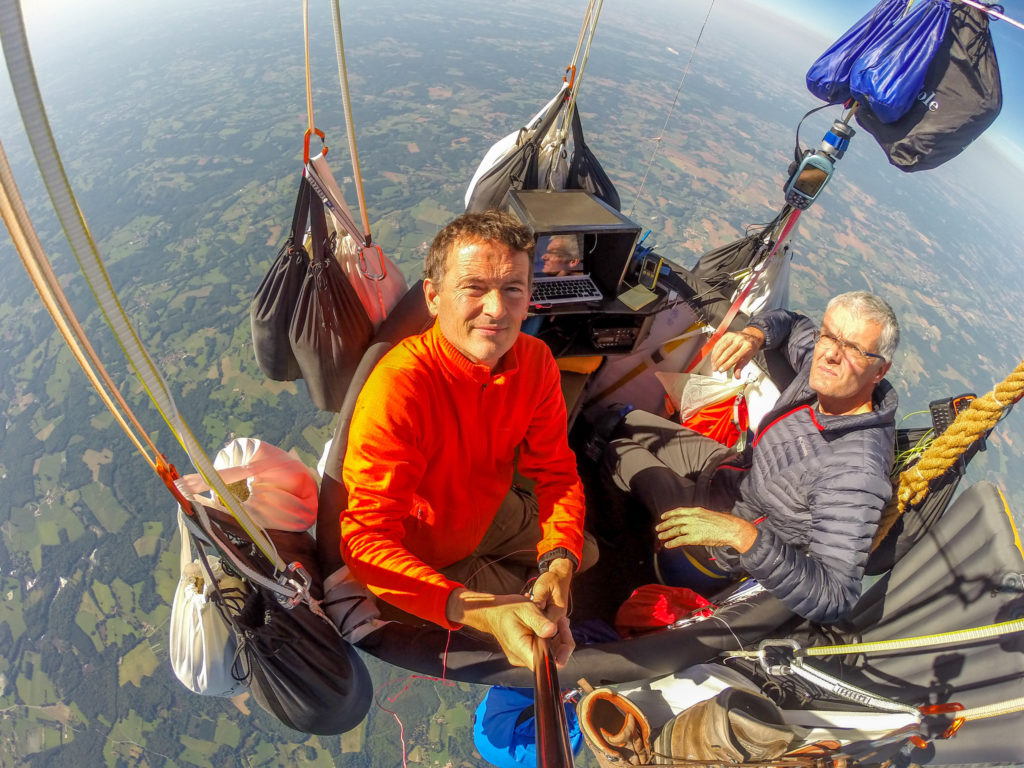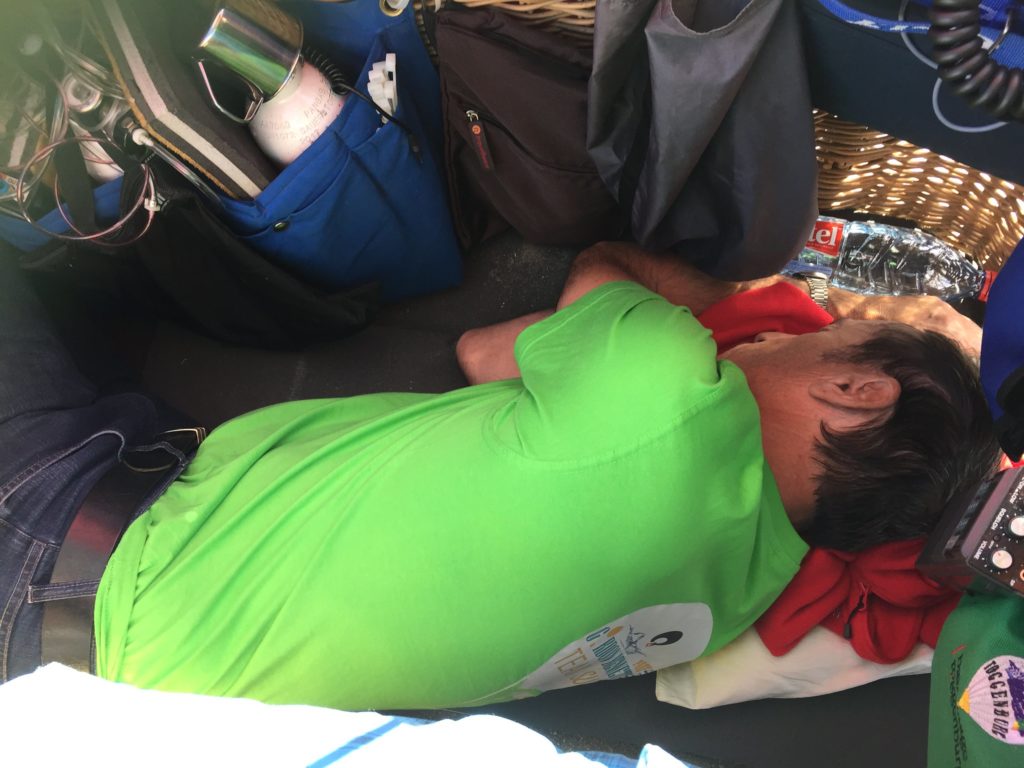The Competitors and their Team
On board each balloon there is a Pilot in Command (PIC or P1) and a second pilot (P2).
It is recommended that both pilots are experienced gas balloon pilots.
Because the race might last several days, it is important to follow a strict discipline on board.
If the start of the race is given early evening, we (FRA 3 - Pelard/Peterle) used to have the following pattern:
Soon after taking off, when the pressure begins to fade, we would have a light dinner and P2 would go to sleep. (While one of the pilot is asleep lying on the banquette, with his feet sticking outside, the pilot keeping watch is standing in a space about 50 cm wide and 1.2m long).
This sleeping pattern would last 1 to 3 hours. When P2 wakes up, P1 would give him a short report and a some instruction to be followed. Then P1 would go to sleep. Same sleeping pattern. P2 will go for a last siesta before breakfast. It gets very cold in the small hours before and just after daybreak, as much as I like flying at night, dawn is anticipated and greeted with much enthusiasm. The warmth of the sun always seems too slow to reach us.
Not only the sun will warm our cold bones but it slowly heats the balloon. The gas will then expand and gain lift and we will gain altitude in the process saving ballast at the same time.
Breakfast…We always have a camping fire to boil water and have a warm coffee! The first morning we usually have muesli, bread, cheese and fruits.
P1 will usually go for a morning siesta …until lunch.
Lunch is cold meat, fruits, cake wine and coffee. We always take a good bottle of wine that lasts 2 or 3 meals.
We are always listening to the radio, looking at the GPS making sure that we are keeping our trajectory and also keeping an eye on the altimeter to check that we are at the correct altitude. During day time unless we are to fly at a certain altitude to fly faster or flying over restricted flight areas we tend to fly just above the convective line at the same altitude as cumulus clouds.
Both pilots will in turn have a siesta during the afternoon.
As the sun goes down so does the balloon as it loses the warmth of the sun, this is the time of day when we use most ballast to keep the altitude or to let the balloon go down as long as we don’t lose speed or our trajectory.
Before night fall we will have dinner, usually warm and the second day will start repeating the pattern until the end of the flight.
There is also the retrieve team. A team of ideally three to four people follows the balloon and try to be as quick as possible on the landing site, they are truly underestimated people but are vital for the team!
3 or 4 people are needed in order to change the driver as often as possible and to help packing the balloon back in the trailer.
When a balloon travels a 1000 km in a straight line, the chase team might double the distance on the road.
In 2017, when the swiss team Tieche/Sciboz won the America Challenge race flying over 3900 km from Albuquerque, New Mexico to some remote place in Labrador, Canada, the chase team travelled non-stop for a week clocking over 10 000 kms in the process!
And there is the routing team somewhere on the planet with several people keeping a 24h/24 watch over their balloon. In this team, you have people watching the weather, some looking after Air traffic Control, and someone communicating directly with the pilot and following a strategy defined with the team.
Bentoît Pélard, August 2019



